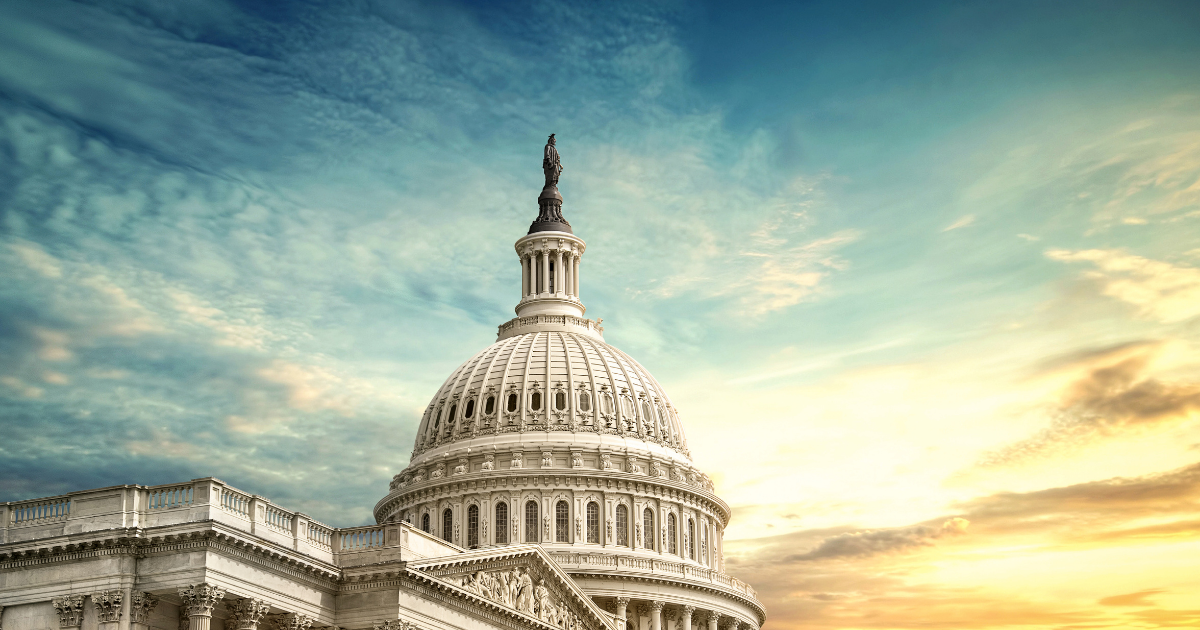New U.S. – Asian Economic Bloc: More Questions than Answers
Early last week it was revealed that the Biden Administration has recruited a dozen Asia-Pacific nations to join a new economic coalition aimed at countering Chinese influence across a number of industries. The new alliance binds together the United States and the powerful Asian nations of Japan, South Korea and India, among others, to steer power away from Beijing and allow for improved cooperation on global issues. Altogether the new bloc will also reportedly work towards mending trade deals and rules that were previously severed by the Trump Administration, the move coming as part of a greater effort to improve gross global economic diplomacy. In 2017, the United States pulled out of the 2015 Trans-Pacific Partnership (TPP) that former President Barack Obama had helped to orchestrate. The TPP was a significant trade agreement signed by twelve Pacific Rim countries and the United States, with the total contributing to approximately 40 percent of the global economy. At the time, many backed the deal as a means to expand U.S. trade and foreign investment while harboring significant economic growth and lowering consumer prices on certain imports. Those against the partnership, including President Trump, found it to be rather lopsided in favor of the America’s comrades and as such likely to have had a negative effect on U.S.-based manufacturing output and working wages.
With the United States currently mired in dire economic straits (with the national inflation rate sitting at a whopping 8.26%) and American citizens growing restless with respect to increased costs of living, clearly something had to give. All told, the Biden administration has touted the move as essential to ensure the ongoing health and continued development of the U.S. economy. The pact marks arguably the first significant foreign policy achievement seen by Biden to date, this given its potential to bring about more fair trade practices between the U.S. and its international counterparts. “It is by any account the most significant international economic engagement that the United States has ever had in this region,”1 stated Commerce Secretary Gina M. Raimondo – who will reportedly lead some of the negotiations triggered by the agreement. China’s development into an economic titan has led to their complete and utter dominance in Asia – especially as the United States has reduced its presence in the East over the last several years Altogether, the move should present the Indo-Pacific countries involved a much needed alternative to China’s mostly one-sided approach to certain critical issues that have been getting swept under the rug for several years now.
However pundits have argued that with this move, the U.S. is merely trying to peddle influence in the region to make up for lost time, arguing against the true substance of such an alliance. The new bloc mirrors the China-led Regional Comprehensive Economic Partnership that carries a total of 15 Asia-Pacific countries in tow – several of which are also part of Biden’s new coalition. The key difference between the accords is the United States’ limitations in one key area: domestic politics of trade. Early reports of the coalition’s inner workings have already revealed one key detail: the new group does not include plans to negotiate lower tariffs or broad steps to clear away barriers to market access.2 While negotiations are still in their relative infancy with respect to the reach of certain policy initiatives, Asian nations continue to push for greater access to the U.S. market. Thus far this is a price that Biden has not agreed to pay, and unless he caves, the new Indo-Pacific grouping may not bring any immediate benefits for U.S. exporters, casting further doubt on just how fruitful this pairing may ultimately become.
The new proposed framework will however focus on improving various aspects of international commerce, securing supply chains, promoting clean energy technologies, increasing digital trade, and most importantly establishing potent tax, anti-money laundering (AML) and anti-bribery measures – each of which hitting China where it hurts. That one caveat with respect to these focus areas is that each of the 13 participating countries can pick and choose whether or not to pursue individual or collective deals despite being in a coalition of this variety. This means that despite its perceived prowess, the partnership is not totally binding and will likely not see an even distribution of responsibility among the involved parties on all issues. If the United States ends up carrying the bulk of the responsibility, the agreement may ultimately become more of a curse than a blessing.
Katherine Tai, the United States trade representative, acknowledged the failure of the Trans-Pacific Partnership and admitted that the “biggest problem” with it was “wed did not have the support at home to get it through [Congress]”. Tai says that the lessons learned from the last attempt “informs much of [their] thinking”. She also mentioned that environmental and labor groups would have “premier seats at the table.” When pressed on whether these new agreements would be submitted to Congress for approval, she deflected and replied: “Let’s see where these negotiations take us.”1
Citations
- Baker, Peter, and Zolan Kanno-youngs. “Biden to Begin New Asia-Pacific Economic Bloc with a Dozen Allies.” The New York Times, The New York Times, 23 May 2022.
- Restuccia, Andrew. “Biden Kicks off Economic Group Linking U.S., Asia.” The Wall Street Journal, Dow Jones & Company, 23 May 2022.

